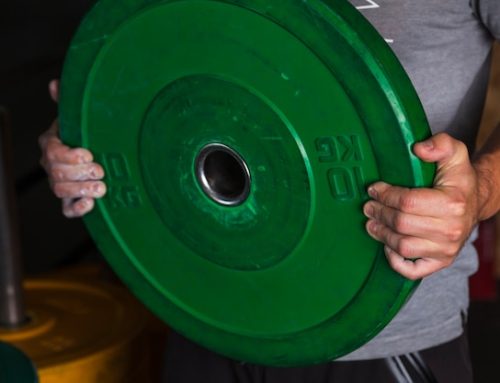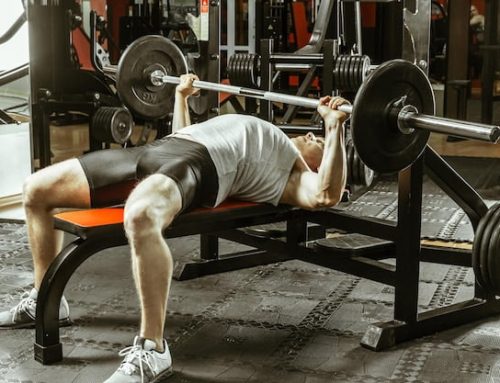Introduction
When it comes to weightlifting, the age-old question remains: what is the perfect set and rep scheme to build muscle mass and strength? Some swear by low-rep, heavy weight training, while others insist on a high-rep approach to failure. In this article, we’ll be exploring the latter, specifically: does high reps to failure build muscle?
What is High-Rep Weightlifting?
High-rep weightlifting refers to the practice of lifting weights for a high number of repetitions, typically until failure. While weightlifting protocols can vary greatly, a high-rep approach may involve performing three to four sets of 12-15 reps per exercise. This type of training is often associated with hypertrophy, or muscle growth, as it places a significant amount of stress on the muscle fibers.
The Science Behind High-Rep Weightlifting
Many studies have investigated the effects of high-rep weightlifting on muscle growth. One notable study conducted by the University of Maryland found that high-rep training led to similar gains in muscle mass as low-rep training. The study participants underwent an eight-week training program using either a high-rep (three sets of 12 reps) or a low-rep (three sets of six reps) scheme. At the end of the program, both groups showed significant gains in muscle mass, with no significant difference between the two groups.
Another study conducted by researchers at McMaster University in Canada found that high-rep training was more effective at building muscle than low-rep training. The study participants underwent a 10-week training program using either a high-rep (three sets of 30 reps) or a low-rep (three sets of 10 reps) scheme. At the end of the program, the high-rep group had greater muscle growth than the low-rep group.
Training to Failure
Training to failure involves performing an exercise until you can no longer complete another rep with proper form. This approach places a significant amount of stress on the muscle fibers, which can stimulate muscle growth. While there is still some debate as to whether training to failure is necessary for muscle growth, many lifters swear by this approach.
A study conducted by the University of Tampa found that training to failure produced greater muscle growth than stopping short of failure. The study participants underwent a 10-week training program using either a training to failure or a non-failure (stopping two reps short of failure) approach. At the end of the program, the training to failure group had greater increases in muscle size than the non-failure group.
High-Rep Weightlifting and Fatigue
One potential downside of high-rep weightlifting is that it can lead to significant muscular fatigue. This fatigue can impair performance during subsequent sets and exercises, which can negatively impact muscle growth over time. One way to mitigate this fatigue is to incorporate rest-pause sets into your training. Rest-pause sets involve performing a set of an exercise until failure, resting for a short period, and then continuing with the same exercise until failure again. This approach allows for brief periods of recovery during the set, which can help to reduce fatigue.
The Bottom Line
So, does high reps to failure build muscle? The evidence suggests that it can be an effective approach, particularly when combined with training to failure. However, it’s important to note that there is no one-size-fits-all approach to weightlifting. The best training protocol for you will depend on a variety of factors, including your fitness level, goals, and preferences. If you’re interested in incorporating high-rep weightlifting into your routine, consider working with a certified personal trainer to develop a program that is tailored to your needs.
References:
- Schoenfeld, B. J., Peterson, M. D., Ogborn, D., Contreras, B., & Sonmez, G. T. (2015). Effects of low- vs. high-load resistance training on muscle strength and hypertrophy in well-trained men. Journal of Strength and Conditioning Research, 29(10), 2954-2963.
- Burd, N. A., Mitchell, C. J., Churchward-Venne, T. A., Phillips, S. M., & Borsheim, E. (2012). Alterations in muscle protein synthesis following exercise in young men: a comparison of resistance exercise protocols. Frontiers in Physiology, 3, 369.
- Sampson, J. A., Groeller, H., & Rennie, M. J. (2015). Is repetition failure critical for the development of muscle hypertrophy and strength?. Scandinavian Journal of Medicine & Science in Sports, 25(S1), 20-28.






